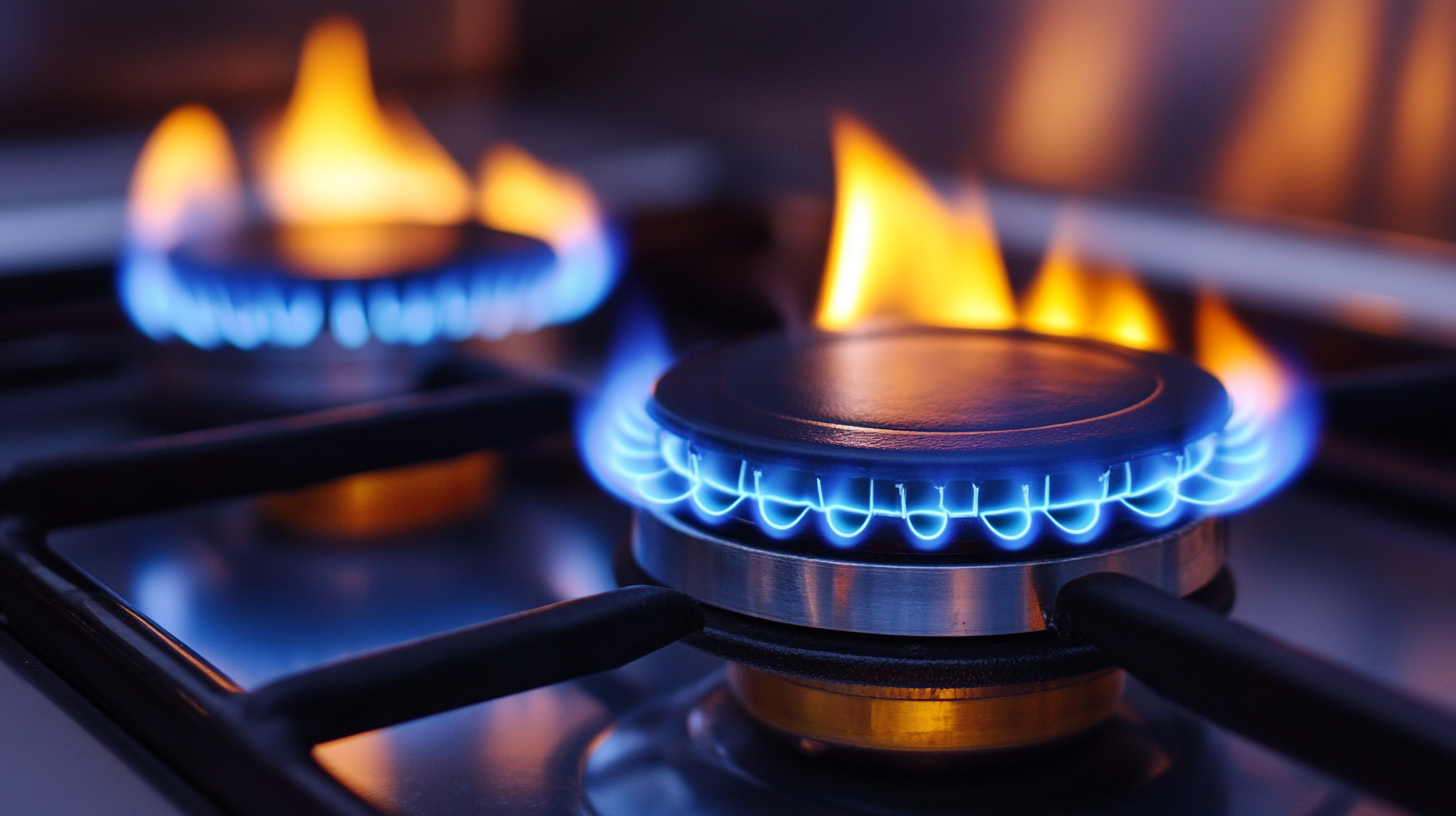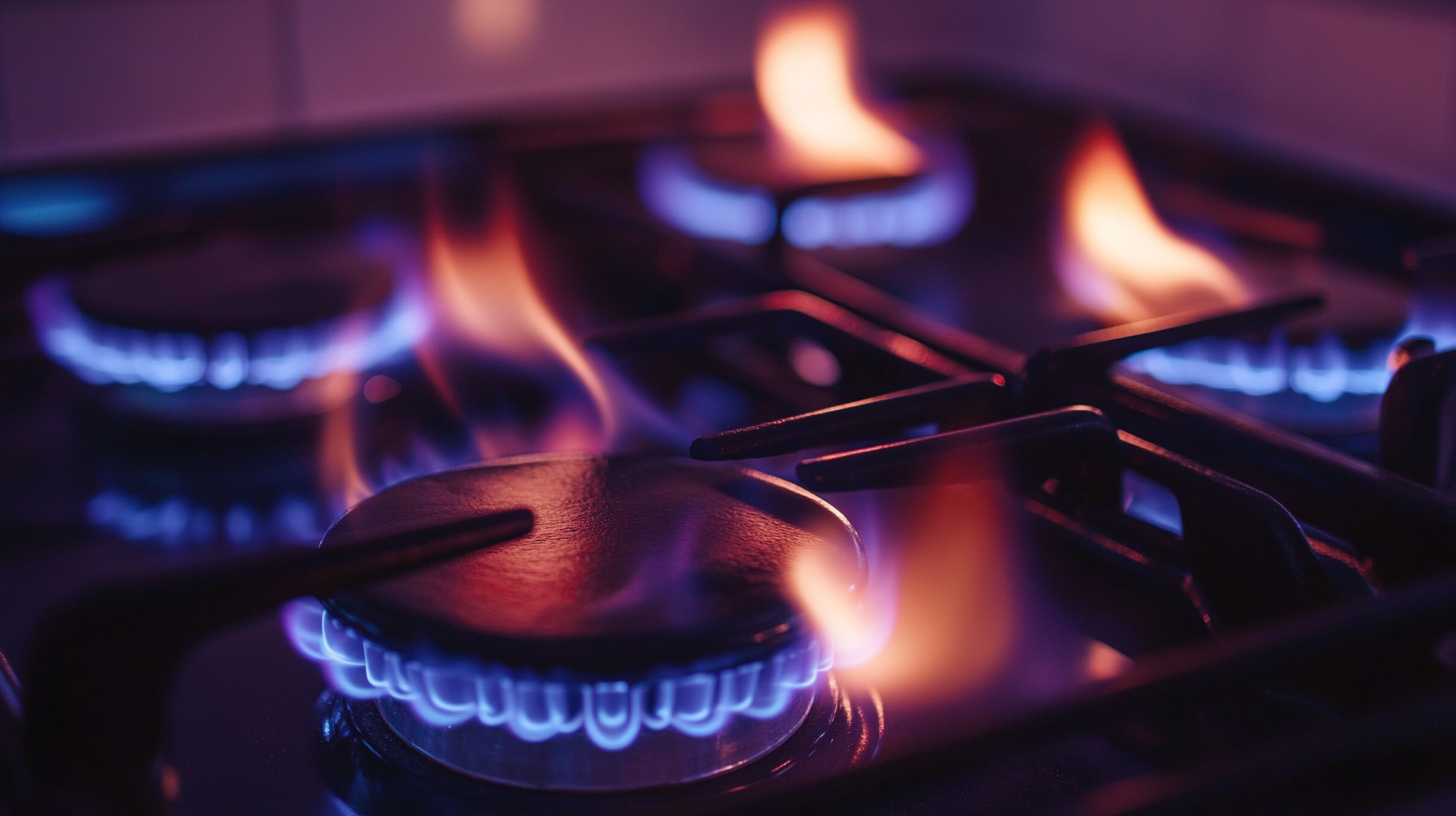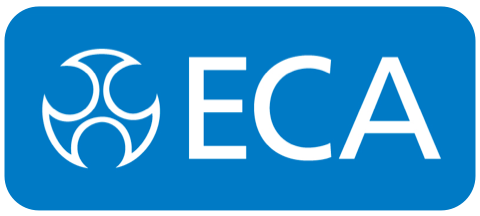- Home
- News
Essential Insights for Gas Safety Check in Global Procurement Strategies
Integrity and safety regarding gas services remain uppermost in the minds of businesses in sectors worldwide in the completely revitalized environment of global procurement. The process of conducting adequate Gas Safety Checks may, in parts, be seen as a regulatory requirement; yet, it adds to sustainability and the ethical running of organizations. With more companies taking gas procurement offshore, there come complications of higher orders requiring proper knowledge of local regulations, safety assurance, and quality control.
The present blog is meant to discuss the pertinent insights integral to performing Gas Safety Checks efficiently when adopted as part of a procurement strategy. By looking at the best practices, worst-case scenarios, and disruptive solutions, businesses will also be able to refine their procurement practices with safety in mind. With the rising energy prices and environmental consciousness, businesses look to elevate their exploitation of knowledge in gas safety to earn a competitive advantage clarifying an ever-critical state of affairs today.

Understanding Global Gas Safety Regulations and Standards
Gas safety rules and regulations are very important in global procurement methods as this will assure compliance as well as protection for both personnel and the environment. Gas safety regulations widely differ from region to the next and this poses a problem to outsiders. For instance, the United States has very strict regulations attached to OSHA and EPA, while the European Union considers itself more aligned with compliance to the Gas Appliances Regulation (GAR) as well as other safety directives. In this case, familiarity with the regulations could avoid legal penalties and even enhance corporate image. What is more, establishing international standards such as the ISO 9001 quality management system would be a major step in countries that sought to harmonize their gas safety systems. Companies adopting the criteria would thus approach risk assessments, contingency preparations, and incident reporting uniformly in every country. Liaising with existing global gas safety frameworks thus ensures the highest protection for their employees while also bringing about a fine-tuned supply chain, rendering greater operational efficiency and a lower risk of liability. Education and training in local regulations are the building blocks of a comprehensive occupational safety strategy as regards gas. Training, for example, should involve states where employees can always be kept abreast of new safety measures and technologies such as those offered by training programs continuing into the future. This inculcates a culture of safety within the organization, as well as making the procurement process resilient and nimble to the ever-changing regulatory framework. Local experts and stakeholders also provide necessary and adequate contextualization for understanding and compliance with the global program.

Key Considerations for Procurement in Gas Industry Safety
In the gas industry, safety is always first and foremost, therefore all procurement strategies must also reflect this priority. The first aspect of procurement consideration concerning the safety of gas industries begins with the thorough evaluation of suppliers. Setting up a full vetting system guarantees that all suppliers meet not only the requirements set but also have proven safety systems in place. Factors in this evaluation include looking at their safety records, assessing the level of their risk management processes, and determining whether or not the suppliers are compliant with both local and international regulations. By placing priority on suppliers demonstrating that they have safety well managed by their own circles, organizations would have a better chance to mitigate risks surrounding gas procurement.
A second major factor is ensuring that safety training and awareness programs are implemented for personnel involved in the procurement process. Equip your teams with the knowledge to identify potential hazards and enforce safety compliance. Such an initiative anchors safety into the culture along the entire procurement spectrum, from material selection to contract management. Regular audits and reviews of safety practices promote adherence to safety protocols and provide avenues for continual improvement.
Open communication throughout the supply chain is also critical. Open lines for feedback and incident reporting help to create an all-encompassing safety ecosystem. Suppliers are then encouraged to voice any possible hazards or safety issues, allowing for prompt action with the help of innovative solutions. Focusing on these considerations will help organizations strengthen their procurement strategies while ensuring safety remains integral to the gas industry.

Impact of Supply Chain on Gas Safety Compliance
In our world today, supply chain dynamics, in all their manifestations, directly impact compliance with gas safety. The IEA report showed a definitive increase in global demand for gas by 3% per annum in which the buying will truly pose a hardship. This then means that the company will have to view something as vitally important: safety checks in the entire supply chain to possibly avert a major accident.
With multiple stakeholdings involved across all areas-from extraction to distribution-which complicate gas supply chains more and more, GISB states that 30% of gas-related incidents are failures of communication and oversight along the supply chain. It, therefore, becomes important for procurement teams to mandate a high level of safety standards and compliance at each and every activity in the process from supplier selection through operational execution.
The World Bank report on supply chain resilience has also attested that disruptions, indeed path to huge financial losses and breaches of safety measures. This further means that organizations which uphold sound compliance would secure their reputation in the industry. It is clear that as regulations shift, aligning procurement procedures with gas safety compliance becomes critical for protecting operations and the public.

Strategies for Mitigating Risks in Gas Supply Procurement
Risk management in gas supply procurement is a must to sustain a reliable and secured supply chain. There are strategies that can be utilized to minimize risks, especially in light of the unpredictable nature of global markets. Supplier diversification is an important mitigation tool. By developing relationships with suppliers in different regions, companies reduce reliance on one single source and can better absorb supply shocks caused by geopolitical tensions or natural catastrophes. This diversification is important for secure supply and provides advantages for competitive pricing.
At the same time, strong supplier vetting must be carried out. Companies should consider both the financial viability of potential suppliers and their compliance with safety regulations and environmental standards. Auditing suppliers and pursuing certifications may guarantee procurement partners' adherence to high safety protocols, thus minimizing safety incident risks in the future. Moreover, continuously monitoring supplier performance can facilitate businesses in rapidly responding to emerging risks.
Lastly, investing in technological data analytics greatly improves risk management for gas procurement. Predictive analytics tools would help companies anticipate the hits that the supply chain may take, monitor general market trends, and assess sourcing strategies in real-time. This would allow procurement teams to use this technology to make educated decisions that bolster resilience and comply with safety regulations in a complex and rapidly changing global landscape.
Best Practices for Ongoing Gas Safety Monitoring and Auditing
In procurement strategies involving natural gas usage, gas safety is a key issue. Gas systems need to be monitored and audited so that appliances and distribution systems operate correctly and safely. New research indicates that exposure to indoor air pollution from gas stoves causes problems such as headaches and serious health issues like heart disease, thus putting emphasis on the need for strict safety measures (Zhang et al., 2023).
Best practices for ongoing gas safety monitoring include the routine inspection and auditing of gas appliances to detect potential leaks and broken equipment. Recent campaigns by various companies showed how proactive measures are becoming essential-for example, certain agencies offer in-home gas safety checks at no cost to the customer (Energy Safety Coalition, 2023). These tests ensure that gas appliances work well and provide education for homeowners on gas usage best practices.
Furthermore, any gaps in the safety protocols must be addressed to mitigate risks associated with inspections of gas pipelines. Reports have been made that insufficient inspection can create hazards, as in some latest cases of safety violations (Maryland Safety Agency Report, 2023). By closing these gaps through the establishment of strict auditing procedures and implementing technology for real-time monitoring, gas safety management can be improved. Providing continuous training and updates for staff working in gas safety is critical in ensuring high standards for monitoring and emergency response.
